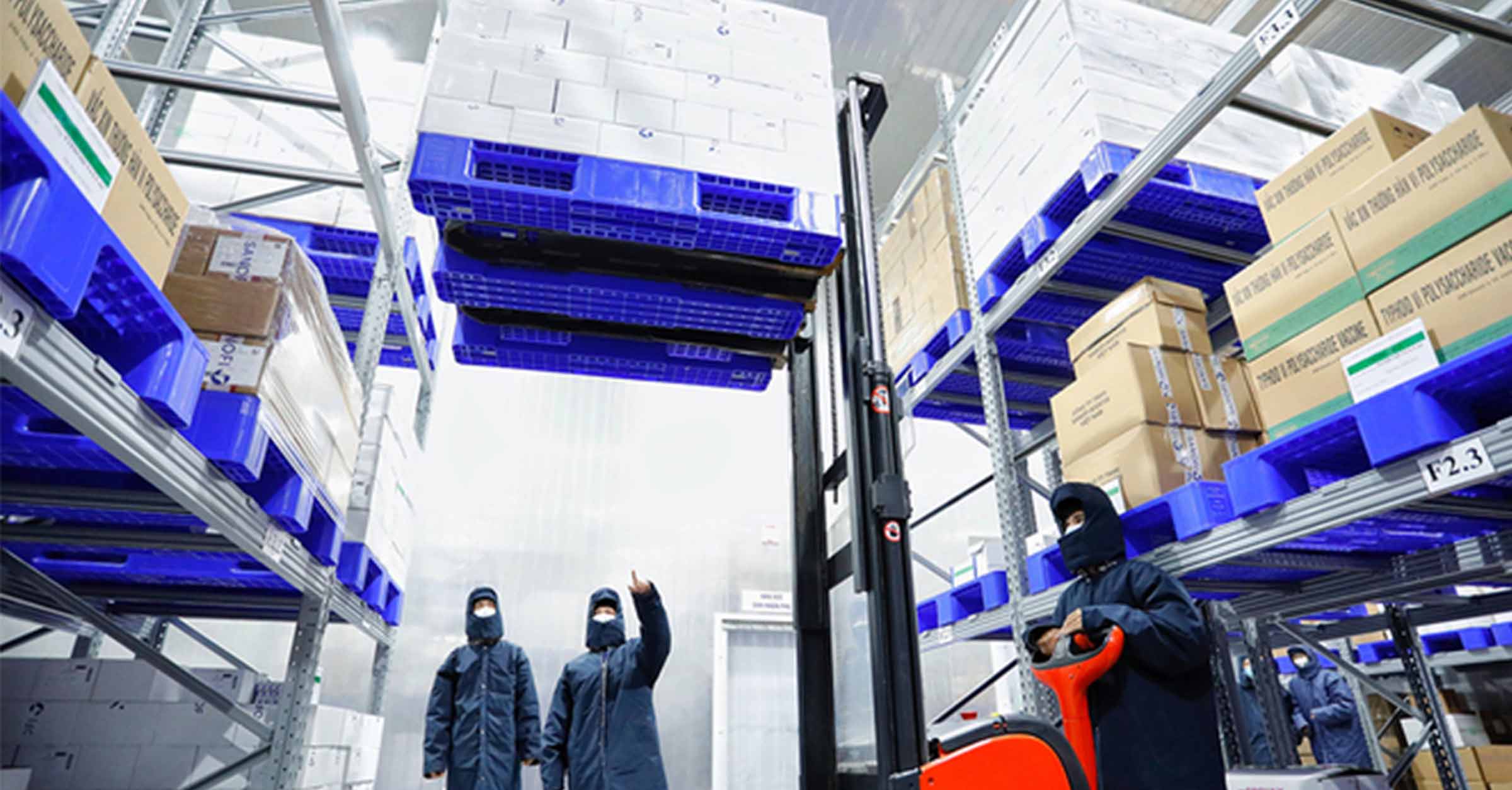
The leasing cold storage in Southeast Asia is experiencing a significant development with an annual growth rate of more than 10% in recent years. Due to the severe impact of the pandemic, the trend of logistics has transformed to cold storage. The shift in populations and consumer behavior in Southeast Asia is also contributing to the growing demand for high-quality cold warehouses.

The leasing cold storage in Southeast Asia is experiencing a significant development
During the projected period, 2022–2027, the ASEAN cold storage market is estimated to grow at a CAGR of more than 12%. The expansion of the refrigerated logistics industry has been aided by logistics modernization. In ASEAN countries, there was an unanticipated increase in demand for cold chain logistics between 2020 and 2021.
The rising urban population and shifting consumer perceptions have increased demand for cold storage and transportation. Southeast Asia’s industry for frozen commodities is quickly expanding.
Thailand’s overall capacity for combined public and private cold storage facilities is 940,000 metric tons. whereas the private market in Vietnam has a capacity of about 500,000 pallets. Indonesia and Myanmar have capacity values of 370,200 metric tons and 88,148 metric tons, respectively. However, they only represent the capacities of significant firms.
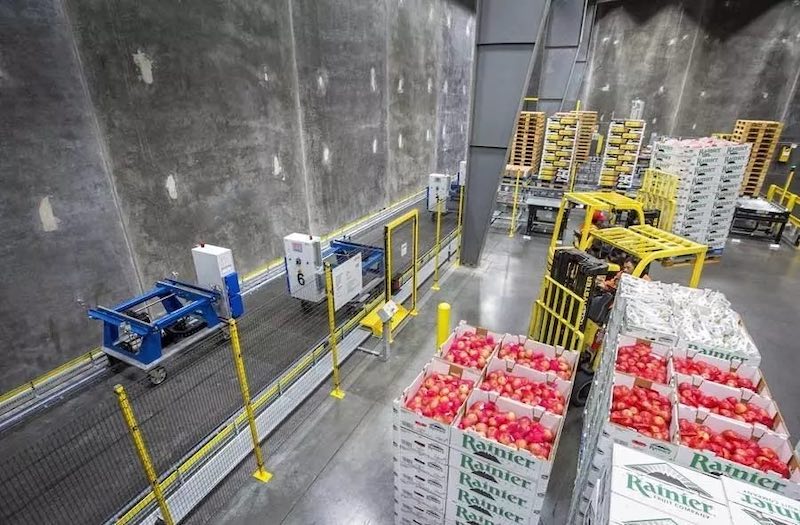
Food distribution is quickly changing away from traditional markets
Food distribution is quickly changing away from traditional markets and toward grocery stores and supermarkets. Refrigerated items are easy to obtain since major distributors offer insulated truck delivery.
Rising income levels in ASEAN, as well as changes in lifestyle, are important factors driving development in meat consumption and production in these areas, with Indonesia and Vietnam leading the way. Over the forecasted period, the ASEAN pharmaceutical sector will have a market capitalization of USD 148.3 billion. The majority of the medications are temperature sensitive and must be delivered to the last mile, particularly the vaccination. Last-mile delivery is aided by cold chain logistics.
ASEAN e-commerce revenues are rising substantially, attracting numerous investors from around the world to set up shop. Consumers now have access to items and services that were previously beyond their reach, ranging from imported foods to fashionable cosmetics. As more people live in cities, their ideas about frozen and cold foods have changed a lot. Frozen foods are increasingly being sold online.

E-commerce is redefining online shopping
E-commerce is redefining online shopping, and the increase in chilled and frozen food sales raises a demand for cold chain facilities such as refrigerated transport, storage facilities, and an optimal supply chain. Online customers no longer see e-commerce as a way to gain discounts on commodities like electronics, but have broadened their online shopping habits to include lower-cost everyday items like food, clothing, and beauty products. Furthermore, the tremendous rise in fresh food sales has presented both obstacles and possibilities for leasing cold storage in Southeast Asia.
Growing online sales put a strain on supermarkets, and as a consequence, it is being shifted to those who are responsible for storing and transporting it. Because of the pandemic and lockdown, as well as changes in how people shop online, the demand for frozen food is always going up. E-commerce companies hire cold chain logistics providers to meet this demand as quickly as possible.
Southeast Asia’s increasing population, rising incomes, urbanization, and retail industries are all contributing to increased meat consumption and feed imports. Indonesia, Malaysia, the Philippines, Thailand, and Vietnam are the five important rising markets. Meat consumption has grown in recent years, despite the fact that fish and shellfish are the most popular meat sources consumed and produced and are largely responsible for feedstuff demand. The amount of meat eaten and made in each Southeast Asian country shows that they all have different tastes.
Malaysia’s chicken sector is the most profitable and has the greatest production value. The country produces virtually all of its own poultry meat, with an annual per capita consumption of about 50 kilograms. Thailand is the world’s fourth-largest poultry exporter, with vertically integrated farms producing over 80% of the chicken. Its annual per capita consumption in 2020 is expected to be approximately 7.9 kilograms. At the moment, most of Thailand’s pork production is for its own people. This is true even though the value of Thailand’s live pig exports rose by 339 percent in 2020. This is because Thailand is one of the few countries that hasn’t seen any outbreaks of African swine fever.
With yearly per capita consumption of 25 kg and 14.9 kg, respectively, Vietnam and the Philippines are the region’s next two largest pork consumers. Because all of these meat items are perishable and must be supplied through retail outlets and, in certain cases, as frozen packaged goods, there is a significant increase in leasing cold storage in Southeast Asia
Read more: The Warehouse Or Factory Industrial Outlook In Vietnam: Expect The Rising Trend
Asia’s rapidly rising population and middle class, which increased demand for fresh food, drove the need for cold storage for lease in Southeast Asia.
The prospect of cold storage in Southeast Asia for lease has attracted the attention of real estate investors, venture capital groups, and lenders. Investors are also looking at cold storage facilities as an alternative to traditional industrial real estate, and logistics companies want to grow into new areas.
Minimizing the loss ratio of fresh food is the main objective of the Asean government. This is one of the main reasons why cold chain logistics are being worked on, especially to promote the new idea of renting cold storage in Southeast Asia.
Another factor to consider is producing long-term profits. Investing in high-quality cold chains can result in large investment returns and profits. Continuous urbanization, higher consumer purchasing power, and improved food waste awareness all contribute to a continued need for leasing cold storage in Southeast Asia in the upcoming years. Businesses may be able to make long-term profits by investing in high-quality cold storage facilities and equipment, since the right investment needs little maintenance and upkeep.
When the need for cold chain logistics increases, Asean regions will need to create more infrastructure to meet it. The country’s small number of cold storage warehouses are now concentrated in some areas, mostly owned by foreign companies. Because most providers only serve a small percentage of the market and there aren’t many big names in the sector, this is a profitable industry for early-stage and smaller businesses.
But Asean’s cold supply chain still has a ways to go before it can move to the next stage of industrial logistics growth and become more competitive.
The high initial cost of building and managing a cold storage facility is one of the biggest hurdles. One refrigerated warehouse requires specialized equipment, regular testing, and significantly more electricity than other types of logistical facilities. Some cold storage facilities cost twice or three times the price of a standard warehouse.
Furthermore, construction durations might range from six months to a year, and lease terms can range from fifteen to twenty years, making availability for leasing cold storage in Southeast Asia even more limited. As a result, despite the long-term benefits, enterprises without substantial financial assistance are hesitant to build and operate cold storage facilities. Some big companies in Asean invest in storage systems, but small and medium-sized businesses (SMEs) rely on a crowded leasing market.
Vietnam is attracting more foreign investors to develop cold chain systems compared to other countries in Southeast Asia. Recognizing the rising trend of the cold storage warehouse, Savills is proud to be the pioneer in providing the the best warehouses for rent in Vietnam.
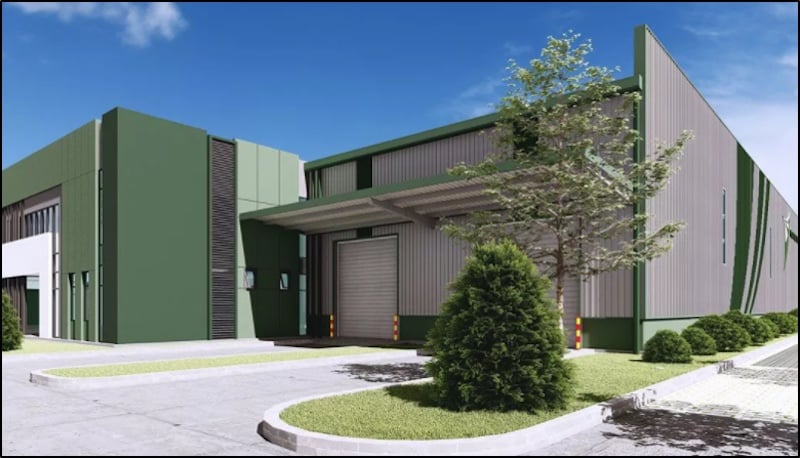
Warehouse for Rent in Hai Phong
– Location: Hai An District, Hai Phong City
– Total area: 126,000 m²
– Vacant area: 70,388 m²
– Price: Contact
– Key features:
+ Strategic location: near Cat Bi International Airport, Hai Phong Seaports, and highways.
+ Flexible in size and design,
+ Preferential tax incentives.
+ Completed infrastructure system
+ The developer offers complete assistance, including licensing, construction, technical, and administrative services.
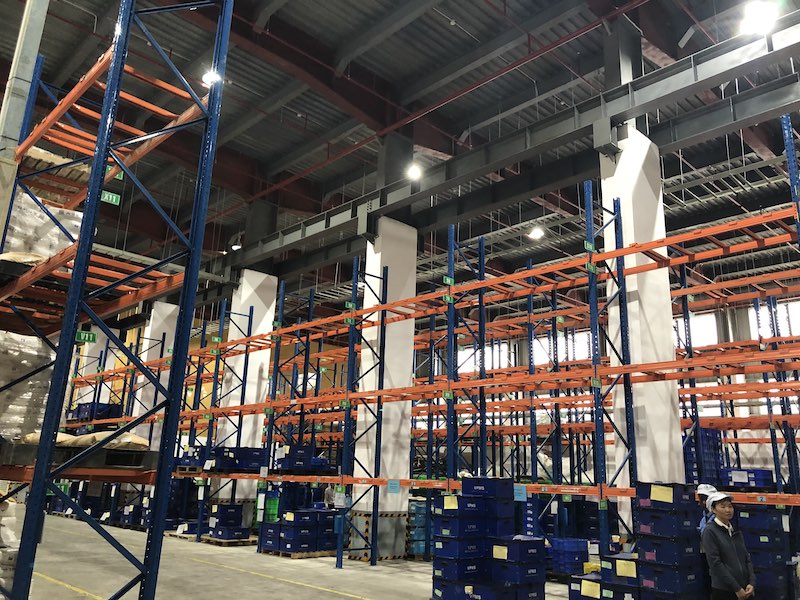
Good quality factory for rent in Hai Duong
– Location: Viet Hoa Ward, Hai Duong City
– Total area: 460,000 m²
– Vacant area: 210,000 m²
– Price: Contact
– Key features:
+ Strategic location
+ High-tech and green sectors promote sustainable development.
+ Excellent support services spanning from registration to logistics and process management.
+ Competitive leasing price

Warehouse for Rent in Hung Yen
– Location: Yen My, Hung Yen
– Total area: 282,000 m²
– Vacant area: 59,456 m²
– Price: Contact
– Key features:
+ Favorable geographic location
+ Competitive lease price
+ High quality warehouse facilities
+ The developer fully supports the outstanding transportation service
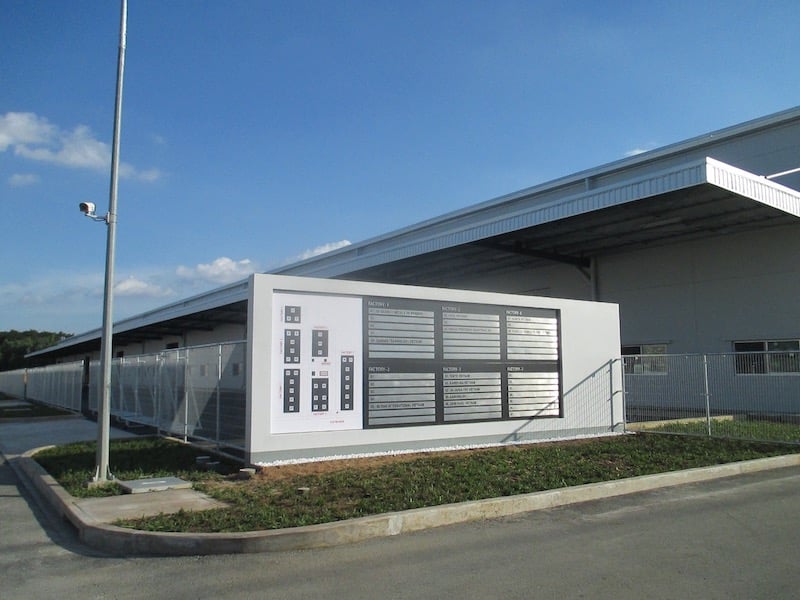
Warehouse for lease in Dong Nai
– Location: Long Thanh District, Dong Nai Province
– Total area: 60,000 m2
– Vacant area: 36,000 m²
– Price: $5/m²
– Key features:
+ Japanese standard of building the warehouse
+ Best for light industry
+ Strategic location: 54 km from HCMC, 51 km from Tan Son Nhat Airport, 38 km to Cat Lai port, convenient access to the transportation infrastructure and major southern seaports.
Beside the cold storages for lease. Savills Industrial also provide the high-quality warehouse & Industrial land in Southeast Asia
Read more: Outlook of The Vietnam’s cold chain logistics
There has been a significant increase in the demand for Vietnam’s cold chain logistics as a result of consumer awareness of food safety, the expansion of e-commerce, and the requirement for high-quality cold warehouses.
Savills Industrial Vietnam provides a variety of warehouse choices to meet the needs of our clients. Savills Vietnam is creating the standard for being a reputable and leading industrial real estate service in Vietnam by providing completely functional cold storage warehouses throughout the country.
If you want to lease a warehouse for your business with the help of a consultant, contact Mr. John Campbell right now!